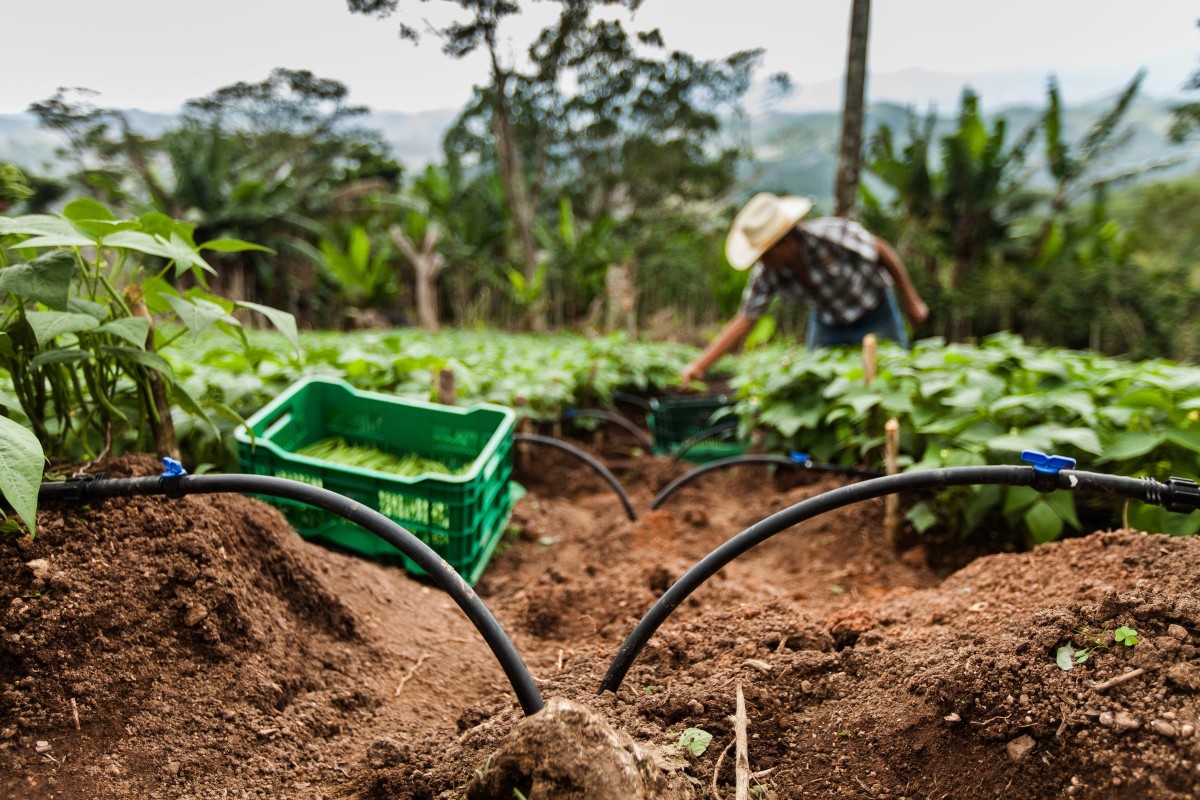You Probably Didn't Know Smallholder Farmers Can Benefit From GMOs, Too
This post was originally published on Forbes on February 23, 2016.
Post written by Liz Caselli-Mechael. Liz Caselli-Mechael is an agricultural economist, food technology enthusiast, and Director of Issues Management for FoodInsight.org.

If you’ve never heard the term smallholder farmer, you’re not alone. Most of us picture farms as large vistas, even described in the United States as “amber waves of grain.” But, according to the Food and Agriculture Organization of the United Nations (FAO), an incredible 90% of the world’s 570 million farms are small. Many are less than 2 hectares, which is 0.01 square miles. Together, smallholder farmers are feeding 2 billion people and growing economies in the developing world. When it comes to food and agricultural technologies, smallholder farmers are big.
The challenge smallholder farmers face
The life of a smallholder farmer was what made me passionate about agriculture in the first place. Many smallholder farmer communities are certainly challenging—transportation is difficult, electricity might be rare—but they’re filled with potential. Simple technologies that we take for granted, from grain storage bags to a drip hose for watering crops to improved seed varieties, can double or triple a household’s income in a single growing season. Imagine living ‘paycheck to paycheck,’ but with a paycheck that comes a few times each year. In heartbreaking irony, the farmers growing food are often food insecure themselves, with high rates of poverty and hidden hunger.
How biotechnology makes a difference
Agricultural technology like GMOs can make a difference. Many improved seed varieties can increase farmers’ yields, meaning farmers can harvest more crops from their land. That increase in yields doesn’t just change a farmer’s income for that year, because it can create enough income to allow a farmer to invest for the future. Improving yields is also important because it can be difficult for smallholders to acquire more land, so being able to get a bigger harvest from the same piece of land is essential to get out of poverty.
GMOs and other improved seed varieties are also contributing in an increasingly important way: climate resilience. Climate focused seed traits like drought-resistance help protect crops from extreme weather conditions. The protection can create stability in places where one weather event can be the difference in a whole year of income for entire communities. One example is a variety being developed by Water-Efficient Maize for Africa (WEMA), a public-private partnership led by the African Agricultural Technology Foundation (AATF).
What do these yield and resilience improvements look like for the rest of the economy? Higher yields mean more available food on local and regional markets, which can also help keep food prices affordable. Climate resilience is especially important for keeping food prices affordable, because it helps ensure that there isn’t a sudden drop in the amount of available food after a severe weather event. Though it seems like a smaller scale at first, what the farmers themselves do with their extra income can be just as important. While working with USAID-funded Feed the Future projects in Honduras and Ethiopia, I met so many farmers who were incredibly proud of their income because it allowed their biggest achievement to date: sending their children to school.
Making technology, infrastructure and GMOs more readily available is key
We can achieve better yields, incomes, and lives for farmers around the world, and we’ll all benefit. We need to make technology, including (but not limited to) improved and GMO seed varieties, available in the places that need them most. But it will take more than that – we’ll also need to build up systems and infrastructure like finance, extension/education systems, and distribution channels that can empower smallholders to adopt these technologies.
Like smallholder farming itself, there are plenty of challenges, but there’s enormous potential to make a positive impact in developing economies.